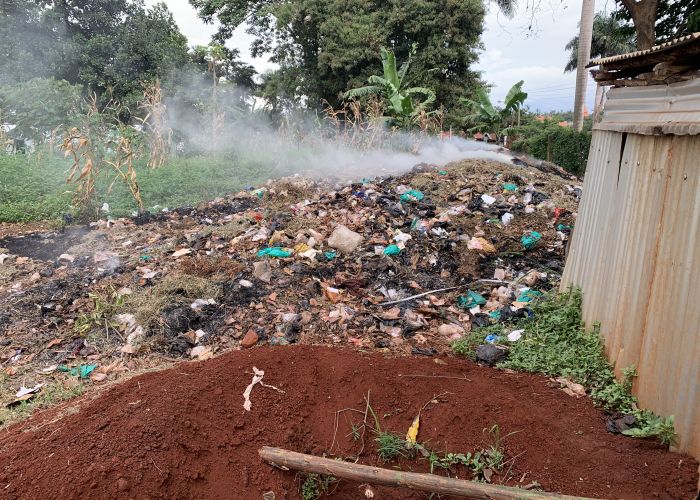Overview
The Harmless Plastic Project is an initiative led by UNHRD Lab in Brindisi to develop a containerized solution that transforms plastic waste into reusable materials. The project aims to address the dual challenge of plastic pollution and humanitarian logistics by integrating sustainable waste management into emergency response operations.
The solution provides an innovative, modular, mobile deployable waste-to-value solution for remote or crisis-affected areas. It supports circular economy and long-term community resilience principles by converting plastic waste into useful products, reducing environmental impact, and promoting local innovation.
Goals
- Integrate plastic waste management into humanitarian response: deploy mobile plastic recycling units that process plastic waste during emergencies into functional materials for emergency response and community rebuilding.
- Leverage circular economy and sustainable innovation to create livelihood opportunities: Implement locally adaptable recycling solutions that align with circular economy principles and ensure long-term sustainability. Provide training, employment and entrepreneurship opportunities in plastic waste collection, sorting and transformation.
- Enhance disaster preparedness and climate resilience: Engage with multiple stakeholders to improve preparedness and reduce environmental hazards caused by plastic pollution in emergency settlements and flood-prone areas. Overall improve waste management infrastructure.
- Develop a scalable model for expansion: Create a replicable framework for future emergencies in disaster-prone regions, ensuring a sustainable and impactful humanitarian waste-to-value system that serves affected and host communities long after the emergencies.
